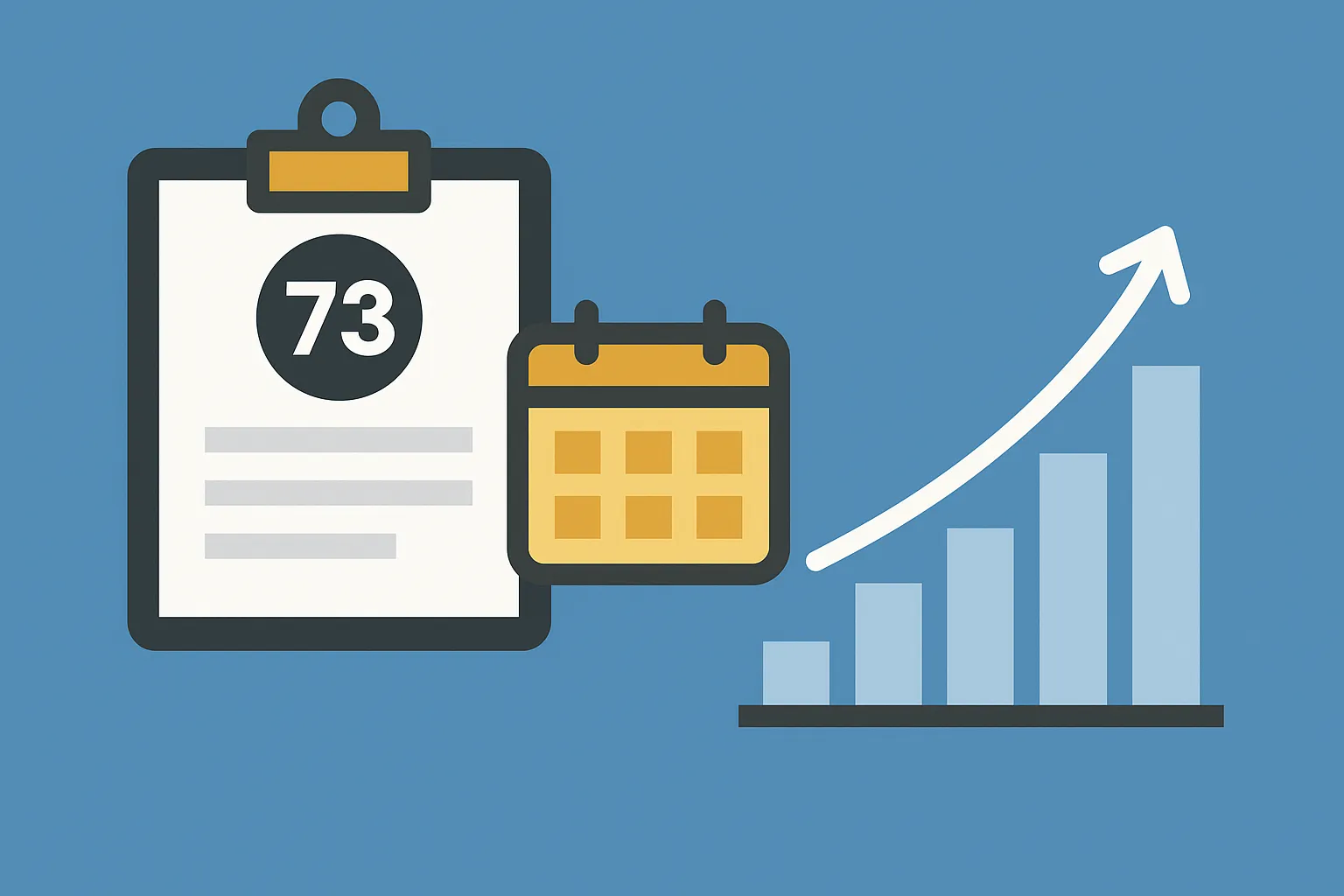RMD Calculator

Key Takeaways
- Age matters. For many owners, RMDs start the year they turn 73; inherited accounts and certain spouse scenarios have different schedules. Roth IRAs owned by the original saver have no lifetime RMD, but inherited Roth IRAs may.
- Penalties changed. Generally, the missed-RMD excise tax is 25% - potentially 10% if corrected within the statutory correction window and properly reported - subject to IRS rules for “fix-it” relief.
- Rules differ for beneficiaries. Post-SECURE Act, many non-spouse heirs fall under a 10-year payout framework, with special categories for “eligible designated beneficiaries.”
What the RMD Calculator Is Actually Doing
A practical RMD calculator mirrors the IRS mechanics in plain English:
- Step 1: Pull the prior year-end balance. By rule, RMDs use the 12/31 balance from the prior year.
- Step 2: Apply the correct table. Most owners use the Uniform Lifetime Table; exceptions include a spouse more than 10 years younger who is the sole beneficiary (then use the Joint Life and Last Survivor Table).
- Step 3: Divide the balance by the age-based divisor. That quotient is this year’s required distribution.
- Step 4: Project forward. For planning, a tool will (a) subtract the RMD, (b) grow the remaining balance by an assumed annual return, then (c) repeat for each future year. That projection is illustrative only; the IRS tables - not market returns - determine the minimum you must take.
So what? Seeing RMDs and the ending balance side-by-side helps a person plan cash needs without unintentionally shrinking the portfolio faster than required.
Why the Age, Tables, and Penalty Rules Changed
RMD policy has shifted in recent years. SECURE 2.0 increased the starting age to 73 (and schedules an increase to 75 beginning in 2033) and reduced the missed-RMD excise tax from 50% to 25% (potentially 10% with timely correction). These policy shifts were formalized in law and reflected in current IRS guidance.
Two quick clarifications the calculator assumes:
- Roth IRA owners have no lifetime RMD. That’s straight from the IRS; inherited Roth IRAs follow their own framework.
- Divisors are age-specific. The divisor rises (and RMD percentage increases) as a person ages; tools pull the current IRS table to stay aligned.
Planning Notes: The Calculator Can’t Decide For You
- Taxes happen outside the formula. The RMD rule doesn’t calculate tax; federal and state taxes depend on total ordinary income in the year of withdrawal.
- Beneficiary designations matter. The post-SECURE framework distinguishes between “eligible designated beneficiaries” and others; timelines differ. Coordinate with estate plans.
- Cash-flow choreography helps. Some investors set withholding on their RMD to cover part of their annual tax bill; others use quarterly estimates.
Want a quick read on the numbers? Try a planning tool like PortfolioPilot.com to visualize distributions, projected balances, and what changes if returns are stronger or weaker.
This interactive tool uses standard IRS life-expectancy tables and user-entered assumptions for educational illustration only. All projections are hypothetical and do not represent actual RMDs, tax calculations, or investment performance. Users should verify required distributions and tax implications with a qualified financial or tax professional.
PortfolioPilot is not affiliated with, endorsed by, or approved by the Internal Revenue Service (IRS). IRS tables and references are cited for educational purposes only.
How optimized is your portfolio?
PortfolioPilot is used by over 40,000 individuals in the US & Canada to analyze their portfolios of over $30 billion1. Discover your portfolio score now:






